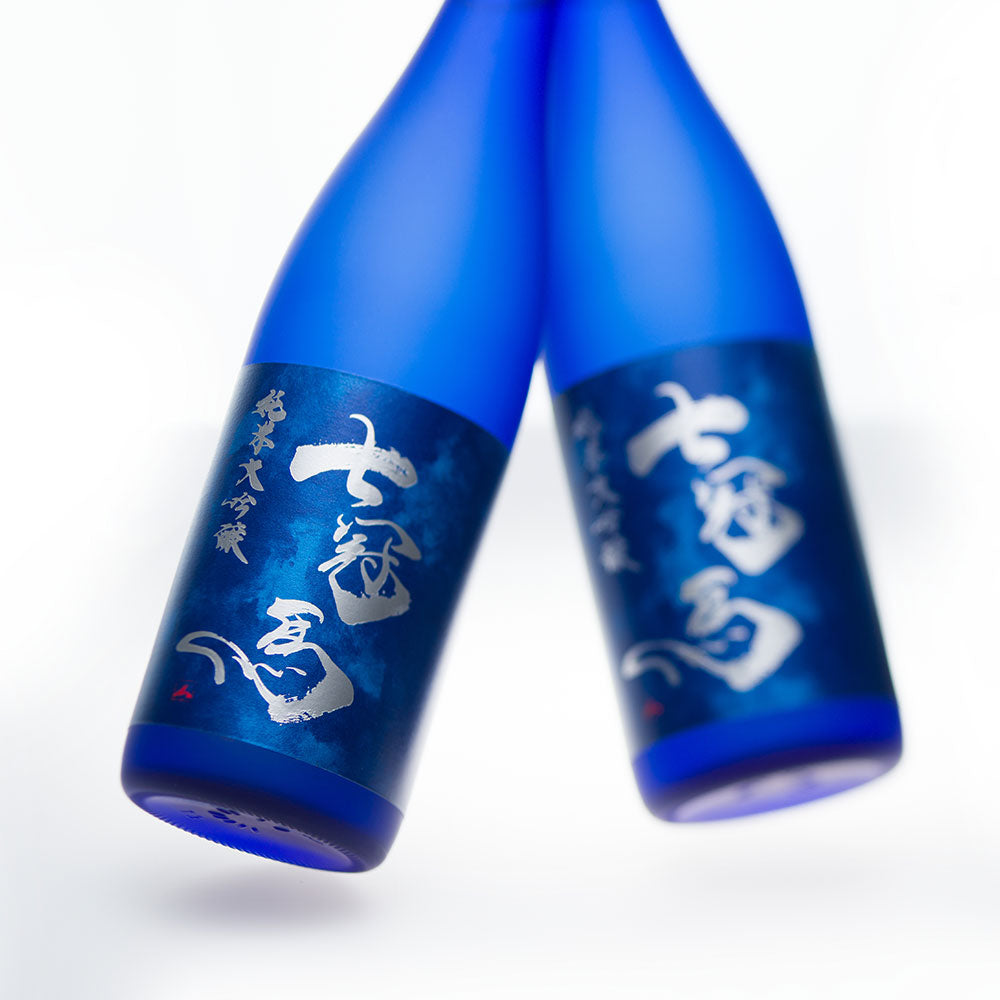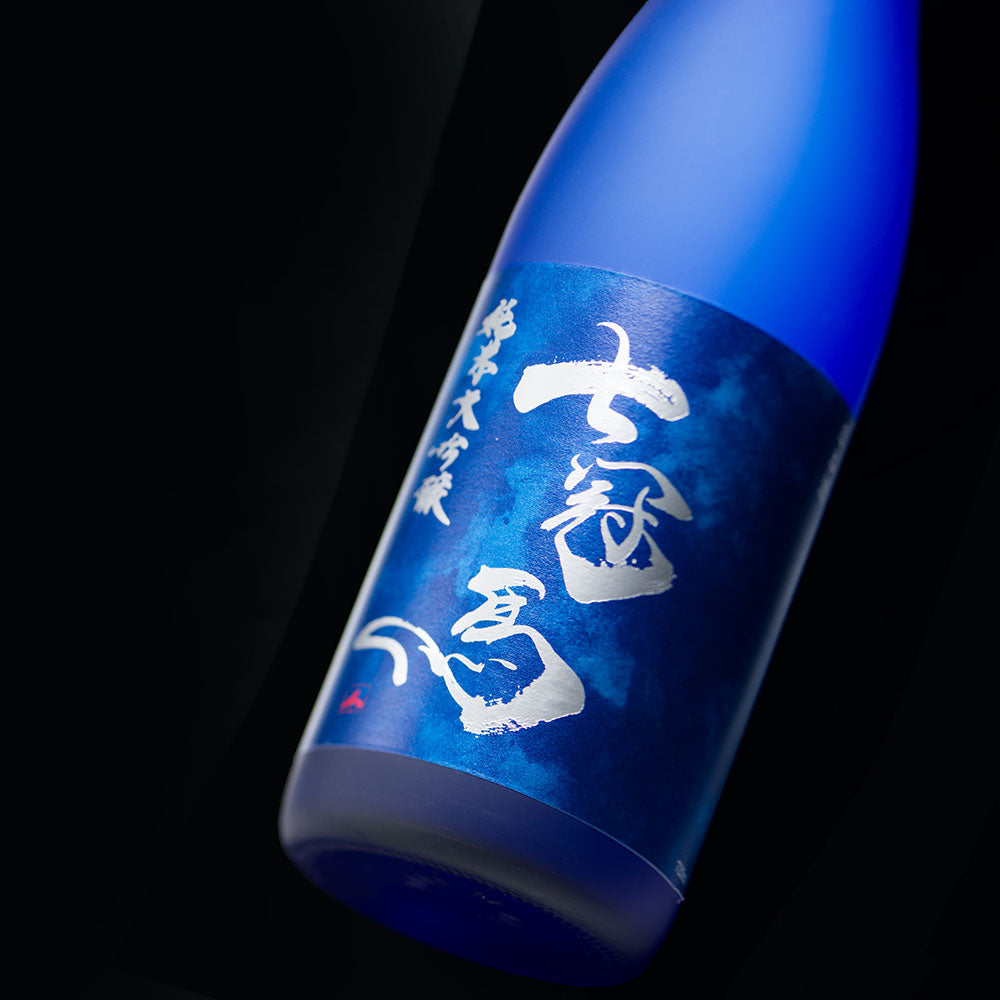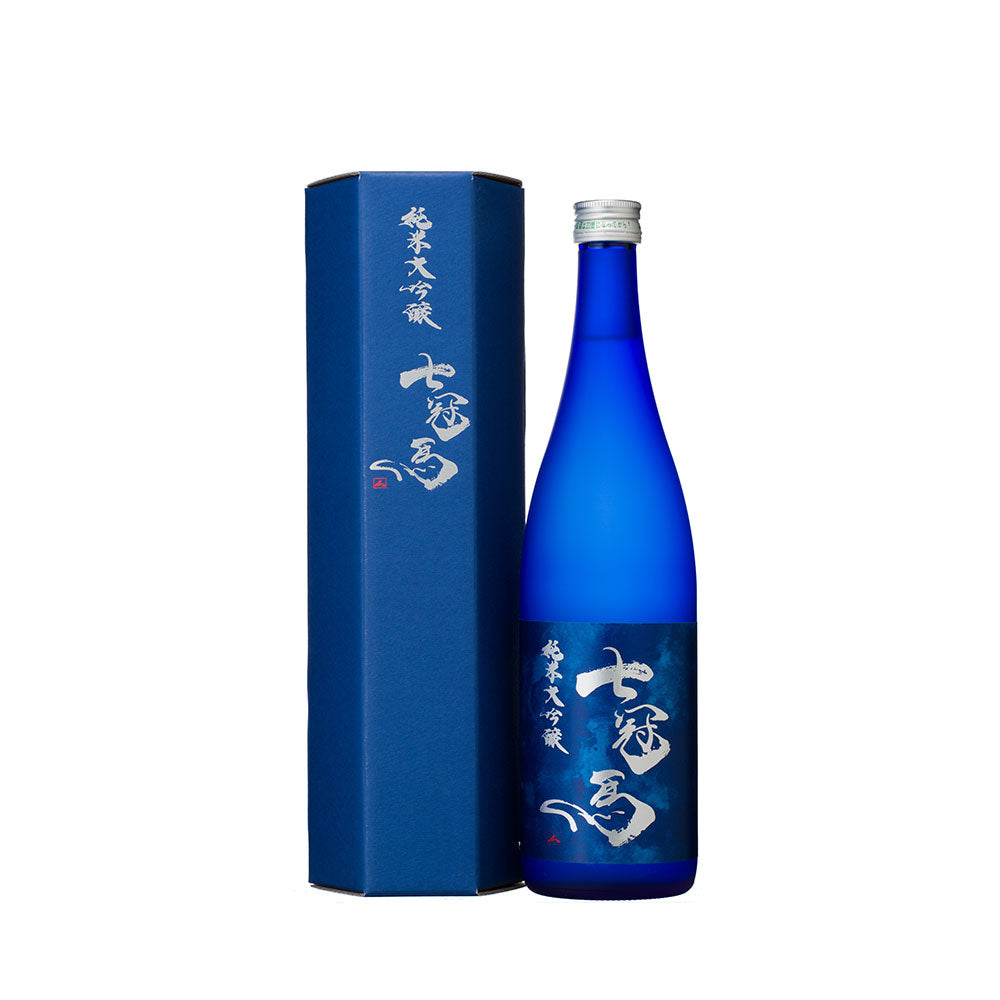-
 >
>
- Product list >
- Nanakanba Junmai-daiginjo (720ml)
Nanakanba Junmai-daiginjo (720ml)
詳しく見る
- *All prices shown are the product prices from the Japanpage:.
- *Product price can be shown in multiple currencies as reference values.
- *Payment should be made in Japanese yen.
- *After filling in delivery address, grand total (product price + shipping cost (packing + shipping + insurance) +tariffs & taxes) will be shown on the shipping cart page.
- *All prices shown are the product prices from the Japanpage:.
- *Product price can be shown in multiple currencies as reference values.
- *Payment should be made in Japanese yen.
- *After filling in delivery address, grand total (product price + shipping cost (packing + shipping + insurance) +tariffs & taxes) will be shown on the shipping cart page.
"Nanakanba Junmai-daiginjo" is a Junmai-ginjo brewed with a local sake rice of Shimane Prefecture called “Saka Nishiki.” The rice is carefully polished to a 40% ratio. Prepared by Chief Brewer Izumo, a highly skilled industry veteran, the sake is brewed with pure water from the town of Okuizumo in the San’in region. The sake has a refreshing scent akin to Muscat and a subtle sweetness. Reminiscent of white wine, this fruity yet refreshing option is great for newcomers to the sake world. The label’s blue hexagonal box and lettering are the work of up-and-coming female calligrapher Yuna Okanishi. The attractive design makes for a wonderful gift option.
Pairing food proposed from Vendor
White fish carpaccio
About "Nanakanba"
"Nanakanba" is a brand named after a legendary Japanese race horse that took all seven crowns of the G1 Japan Cup. The sake of this famous brand is prepared by Chief Brewer Izumo, who uses traditional brewing techniques. The brand’s sake is made with carefully selected sake rice varieties and pure water from the town of Okuizumo. Nanakanba sake is dry but pleasant to the palate, with delicate scents and crisp flavors.
Recommended temperature
- Atsukan (50 - 55℃)
- Jokan (45 - 50℃)
- Nurukan (30 - 40℃)
- Room temperature (15 - 20℃)
- Hanabie (10℃)
- Yukibie (5℃)
Type


Tag
Appearance
-
Clarity
Transparency
Hazy
-
Colour
Colorless
Dark brown
-
Intensity
Water
Deep
Nose characteristics
-
Intensity
Low
Strong
Taste characteristics
-
Light / Body
Light
Body
-
Sweet / Dry
Sweet
Dry
-
Simple / Complexity
Simple
Complexity
-
Acidity
Low
High
-
Umami
Low
High
-
Finish
Low finish
Long finish
Aroma and flavor
Apple
Detailed information
| Volume | 720ml |
|---|---|
| Size (L W H) | 7.5 x 7.5 x 29.5 cm |
| Weight | 1.1kg |
| Ingredients | Rice, Rice koji, Water |
| Region | Shimane |
| Alcohol content | 18%vol. |
|
Sake Meter Value
|
+3 |
|
Acid level
|
+1.7 |
|
Polishing ratio
|
40% |









